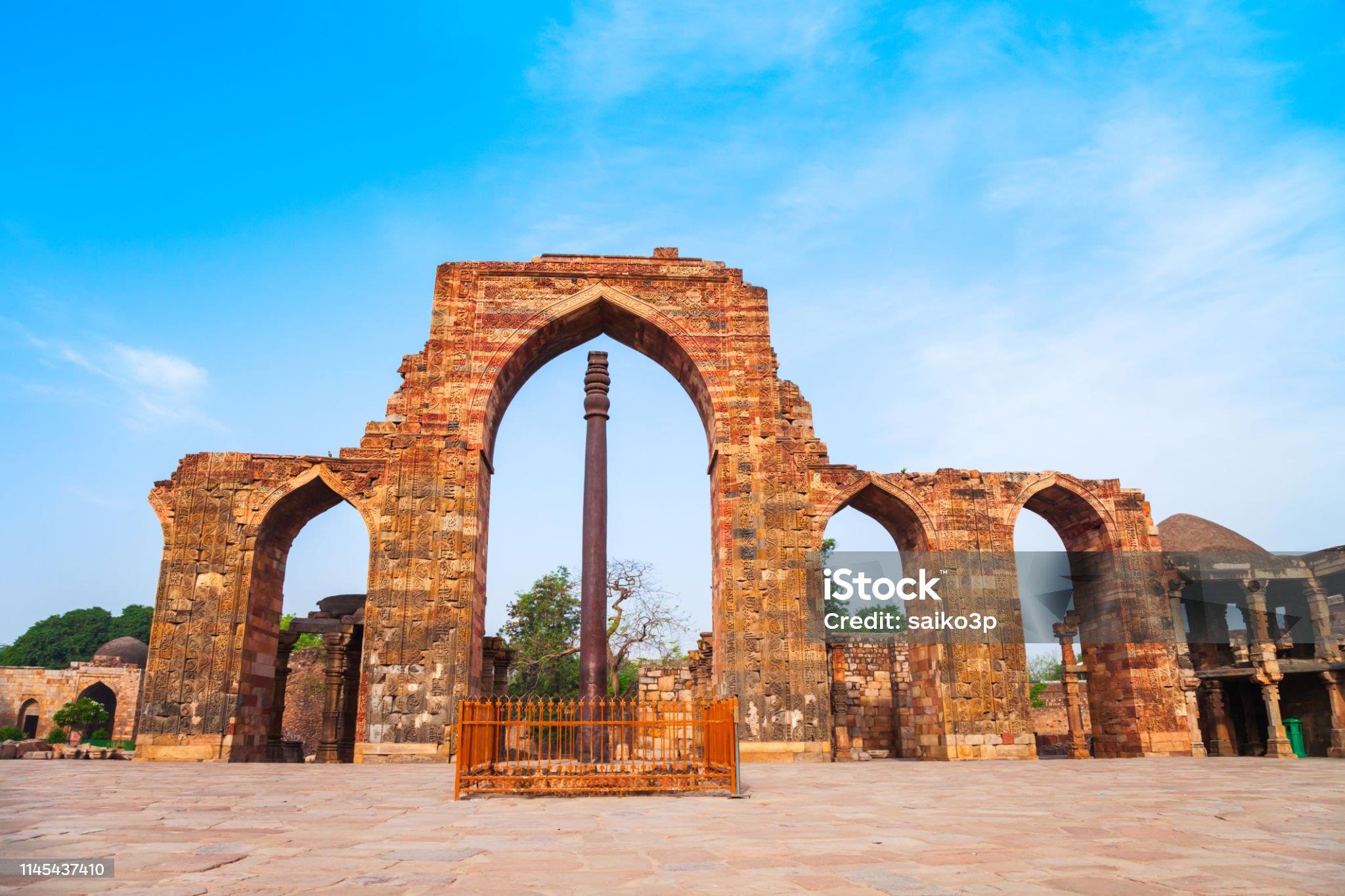- Blog
- What's the difference between iron and ...
What's the difference between iron and steel ?
Alright, let's delve deeper into the realm of solid-state physics to explore the fascinating differences between iron and steel and their impact on our everyday experiences.In the intricate realm of solid-state physics, the narrative between iron and steel extends beyond atomic structures and into the very essence of material behavior. Picture a group of atoms, each orchestrating the unique properties of the material they collectively form. Iron, it's akin to this disciplined team of atoms neatly arranged in a specific pattern, embodying a body-centered cubic (BCC) structure. It stands as a paragon of purity, with its structure well-defined and exhibiting considerable flexibility. Now, let's shift our focus to steel. Steel is like that same team, but with a fascinating twist—enter the carbon atoms. These carbon atoms stealthily weave themselves into the interstitial spaces between the iron atoms, stirring up the arrangement. This infusion of carbon atoms prompts a significant shift in the structure, transforming the crystalline lattice from its conventional BCC arrangement to something more complex, often featuring a mixture of BCC and other structures, such as face-centered cubic (FCC). Transitioning to our daily lives, consider the versatility of pure iron. Its malleability and resilience have adorned our history, manifesting in the form of classic cast-iron cookware or ornate wrought-iron gates. These enduring pieces, crafted from pure iron, showcase its pliability and ability to retain shape, defining an era of timeless craftsmanship. Now, in the modern era, steel emerges as a protagonist imbued with resilience and strength, a material armed with the strategic infusion of carbon. Thanks to the strategic infiltration of carbon atoms, steel becomes a material powerhouse. It builds the formidable skeletons of skyscrapers, ensuring their stability amid the urban skyline. Steel structures uphold bridges, carrying the weight of transportation and connectivity. It forms the resilient frameworks of automobiles, safeguarding passengers on their journeys.Even the knives in our kitchens, honed from steel, embody its sharpness, ready for the daily culinary adventure. In essence, iron epitomizes the fundamental element, steadfast and versatile. Yet, steel—iron's alloyed counterpart—takes on a superhero persona. Enriched by the carbon infusion, steel emerges as a robust, adaptable, and formidable material. It navigates the challenges of contemporary demands, reinforcing structures, powering industries, and enhancing our daily experiences with its strength and reliability. In this dance of atoms, iron and steel play distinct roles—one, a testament to tradition and adaptability, and the other, a modern marvel fortified by innovation and alloyed sophistication. As we embrace the qualities of iron and the amplified capabilities of steel, we witness the fusion of scientific intricacy and practical utility, harmonizing to shape the fabric of our lives. The Iron Pillar of Delhi—an ancient testament to iron's endurance and craftsmanship. This millennia-old iron marvel, standing tall amidst history, defies corrosion despite the passage of centuries. Its iron composition, untouched by rust in an exposed environment, speaks volumes about iron's resilience, a testament to the lasting legacy of this elemental material.

